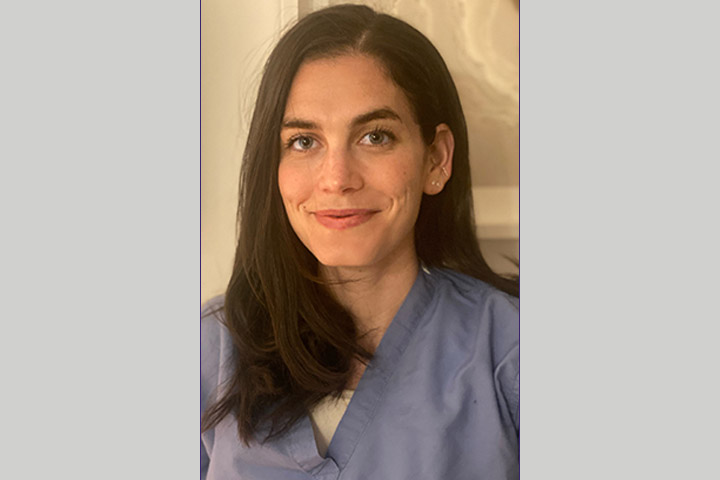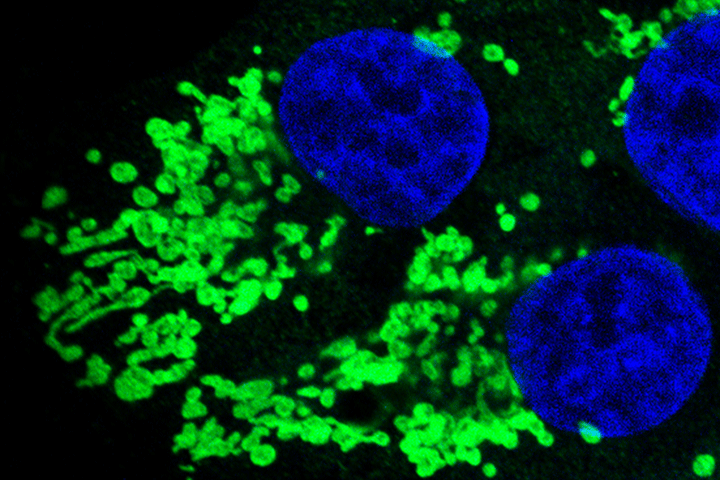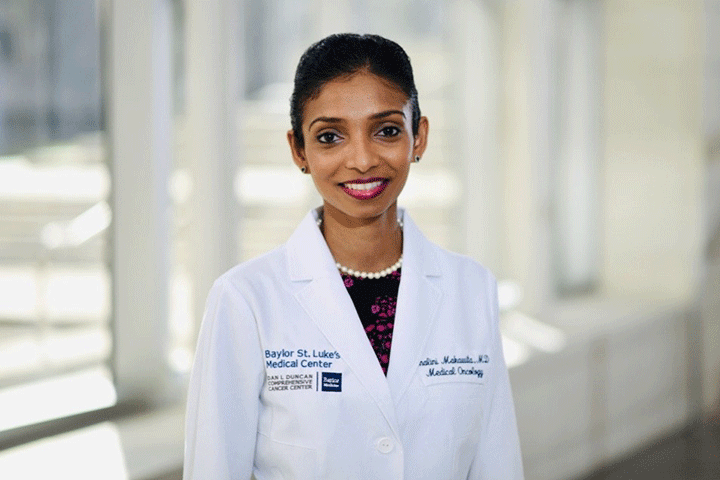Exercise Helps Boost Immune System and Immunotherapy Treatment

The notion that exercise is good medicine isn’t exactly new.
In fact, ancient civilizations in what is now China, India, and Greece all extolled the virtues of exercise. As Hippocrates, the so-called “father of modern medicine,” put it, exercise could help what ails you. Thousands of years later, study after study point to exercise being a boon to good health by improving circulation, reducing inflammation and the risk of some diseases, strengthening bones and muscles, and even helping to offset depression, among a slew of other benefits. It seems that exercise has a robust effect on every cell in the human body.
Now a new study from NYU Grossman School of Medicine researchers shows that exercise may improve the responsiveness of pancreatic cancer to treatment. In their study, published in the journal Cancer Cell, they showed mice with pancreatic cancer that exercised regularly on a mini-treadmill had less cancer growth than those that did not. The researchers showed these tiny treadmill troupers actually had a more robust anti-tumor response and an improved sensitivity to immunotherapy treatment. The volume of cancer-killing CD8 T cells increased by up to 175% in the tumors of exercised mice.
Boosting the Immune Response
Unlike some other solid tumors in which immunotherapy has improved treatment response, pancreatic cancer has proven to be stubbornly resistant. “Pancreatic tumors are very good at resisting immune attack, and in order to realize the full potential of immune therapies for pancreatic cancer we need to understand how these tumors evade the immune system and devise therapeutic strategies to overcome these resistance mechanisms,” says Andrew Rakeman, Ph.D., vice president of research at the Lustgarten Foundation, who was not involved in the study.
He believes what is particularly exciting about this work is that researchers went a step further and were able to identify a molecular mechanism linking exercise to the immune system. They also identified clinically available molecules that can reproduce the exercise effect, he adds.
Indeed, “the findings show, for the first time, how aerobic exercise globally affects the immune microenvironment within pancreatic tumors,” says first author Dr. Emma Kurz, a recent graduate of the Molecular Oncology & Tumor Immunology Ph.D. Training Program at NYU Grossman School of Medicine’s Vilcek Institute of Graduate Biomedical Sciences (New York). Under the leadership of principal investigator Dafna Bar-Sagi, Ph.D., “we learned more about the role of IL-15 signaling in pancreatic cancer and how its activation could potentially be an important and effective approach to treatment,” Kurz adds.
Interleukin-15, or more simply IL-15, is a type of cytokine—or small protein—with a broad range of biological functions. It plays a major role in the development of inflammatory and protective immune responses by modulating immune cells of both the innate variety, such as natural killer cells, and adaptive cells, such as T and B lymphocytes.
Kurz says it’s difficult to get an animal model of pancreatic cancer to have any good response to immunotherapy. As a result, seeing a robust response in mice treated with combination regimens involving IL-15 was “extremely exciting and rewarding,” she explains. “Pancreatic cancer is a horrible disease, and there is such an incredibly unmet need to find better treatments,” she adds. “I chose to do research in this field because of that need. Seeing results that are meaningful, and translated to improved survival in these models, was probably the most exciting part of the last five years for me. Clearly, more work needs to be done, but this is a small step in the right direction.”
About the Study
Mice were broken into two groups, with one group performing aerobic exercise on the mini- treadmill for 30 minutes, five days a week, for three weeks. Their speed is about the same as a fast walk in a human, Kurz says, adding that the group was supervised to ensure each of the mice got about the same workout. The other group of mice was only placed on a treadmill that was not turned on.
The first set of results, after three weeks, showed a reduction in tumor size of about 25% in the exercising mice. These mice also had fewer immunosuppressive myeloid cells in the tumor microenvironment. Immunosuppressive myeloid cells are a prominent driver of immunotherapy resistance. The exercising mice also responded better to pharmaceutical anti-PD-1 blockade, a therapy that has failed clinical trials in pancreatic cancer in the past.
A major focus of pancreatic cancer research is trying to find ways to make the tumor microenvironment more hospitable to infiltration by T cells so that immunotherapy has a better chance of working. These findings showed that aerobic exercise engages IL-15, causing increased expression of the receptor specific to IL-15 signaling and triggering the activation of cells called CD8 T cells. Kurz explains, “What we found was the mice that exercised, when compared to the mice that didn’t exercise, had more of these IL-15 receptor-positive CD8 T cells in and around the pancreatic cancer tumor,” she says. “More CD8 T cells translated to more of an immune response.”
Testing a Drug That Mimics Exercise Effects
Kurz explains that the researchers wanted to determine whether IL-15 or some as-yet-unknown aspect of exercise was the catalyst behind these good outcomes. Part of the rationale to explore options outside of exercise, like pharmacological options, was “that pancreatic cancer can be very physically challenging for patients with a great degree of morbidity,” she explains, citing side effects like fatigue and loss of muscle as a few of the culprits that may make exercise difficult for pancreatic cancer patients.
The researchers tested a drug dubbed NIZ985. It’s a novel drug called an IL-15 superagonist that enhances IL-15 signaling, which, in turn, activates immune cells to attack cancer.
The study showed that both exercise AND the IL-15 therapy made an immune checkpoint inhibitor—a drug that blocks a protein called PD-1—more effective. The mice treated with IL-15 therapy and PD-1 blockade together had even more health benefits compared to the exercising mice.
“This was my favorite part of the trial,” says Kurz. “While we now know that there are some real benefits to exercise, for the cancer patients who are just too tired or just too sick to do exercise this could be a potential path forward for them.”
Human Samples and Clinical Trials
NYU Grossman School of Medicine and the University of Texas MD Anderson Cancer Center (Houston, Texas) worked together to use samples from a study involving human pancreatic cancer patients called the Preoperative Rehabilitation During Neoadjuvant Therapy for Pancreatic Cancer clinical trial. Using preserved human tissue samples obtained at the time of surgery, the authors found patients who exercised before surgery to remove their pancreatic tumors had more effector CD8 T cells that expressed a specific protein that can kill cancer cells. Also in that trial, which opened in 2017, those patients who exercised and had more of these cell types had 50 percent higher overall survival over five years than patients with fewer of those cells.
The NYU Grossman researchers will begin their own clinical trial in which patients will undergo partially supervised exercise just like the mice did. “This is going to be the very first time we can look at immunological readouts immediately after a patient with pancreatic cancer exercises,” Kurz says. “Mice aren’t humans, and one of our study limitations was that our mice were very young. Most pancreatic cancer patients tend to be older, and the immune system isn’t as robust in older people, or older mice.” The group also plans on doing another set of experiments with older mice, she adds.
“Many people worked on this study, and it was a truly collaborative effort. It would not have been possible without Dr. Bar-Sagi and the teams at Novartis and MD Anderson,” says Kurz, who plans on specializing in medical oncology. “While it’s early research, we have found some important pieces to the puzzle and there is such a large distance to go. I have a profound personal and professional interest in this disease and the patients who suffer from pancreatic cancer. We desperately want to see better treatments. We need patients to do better.”






